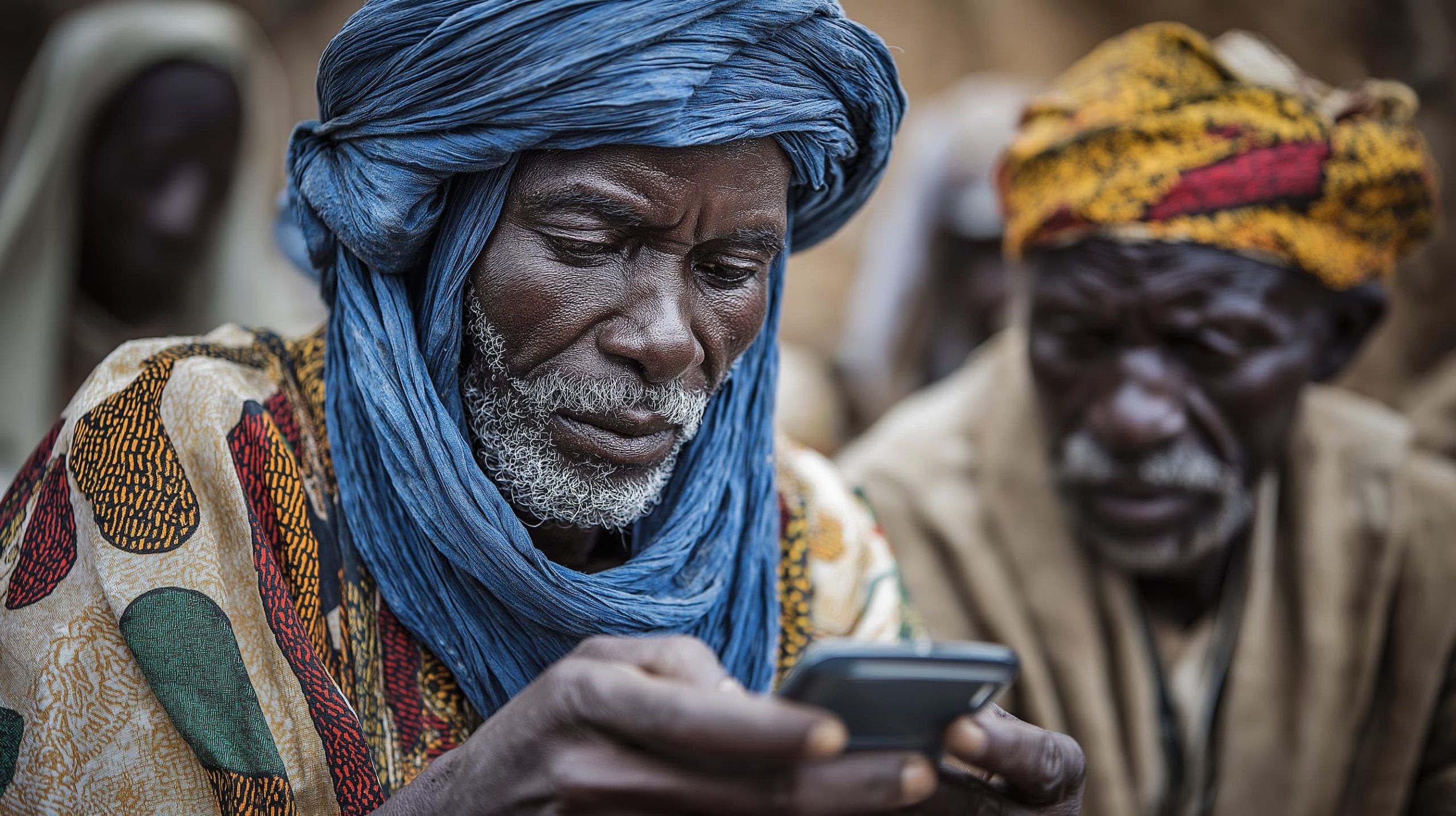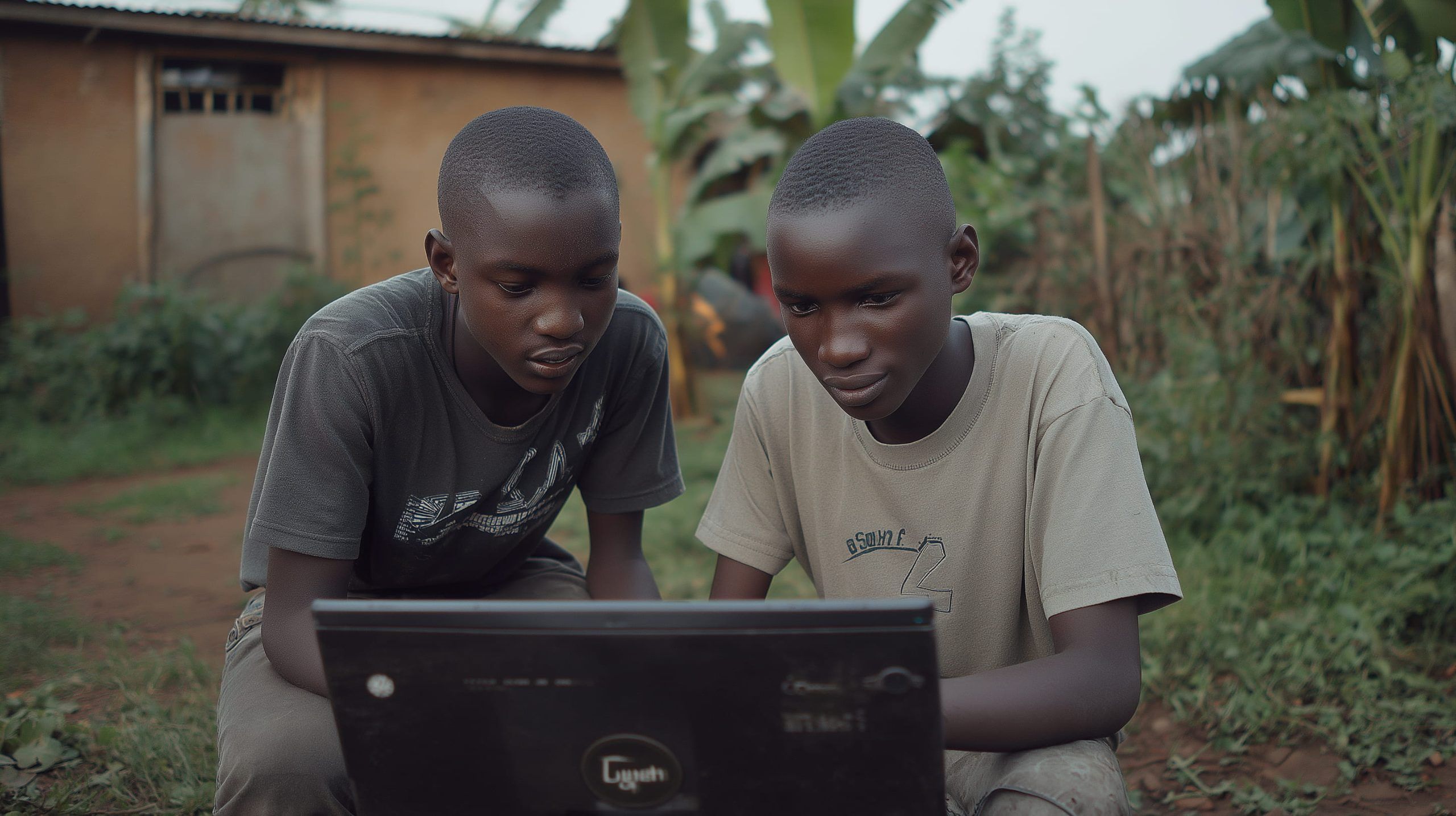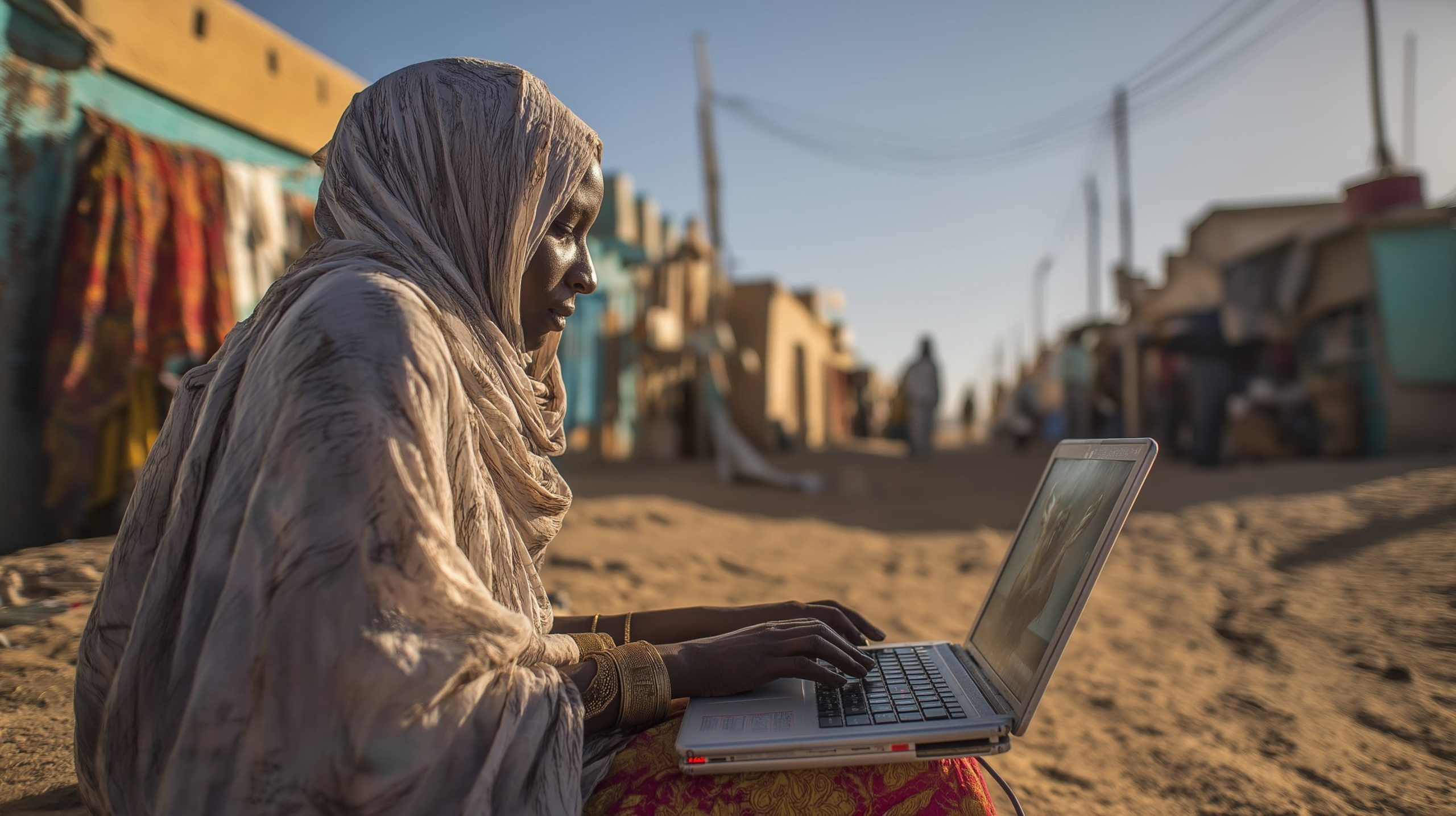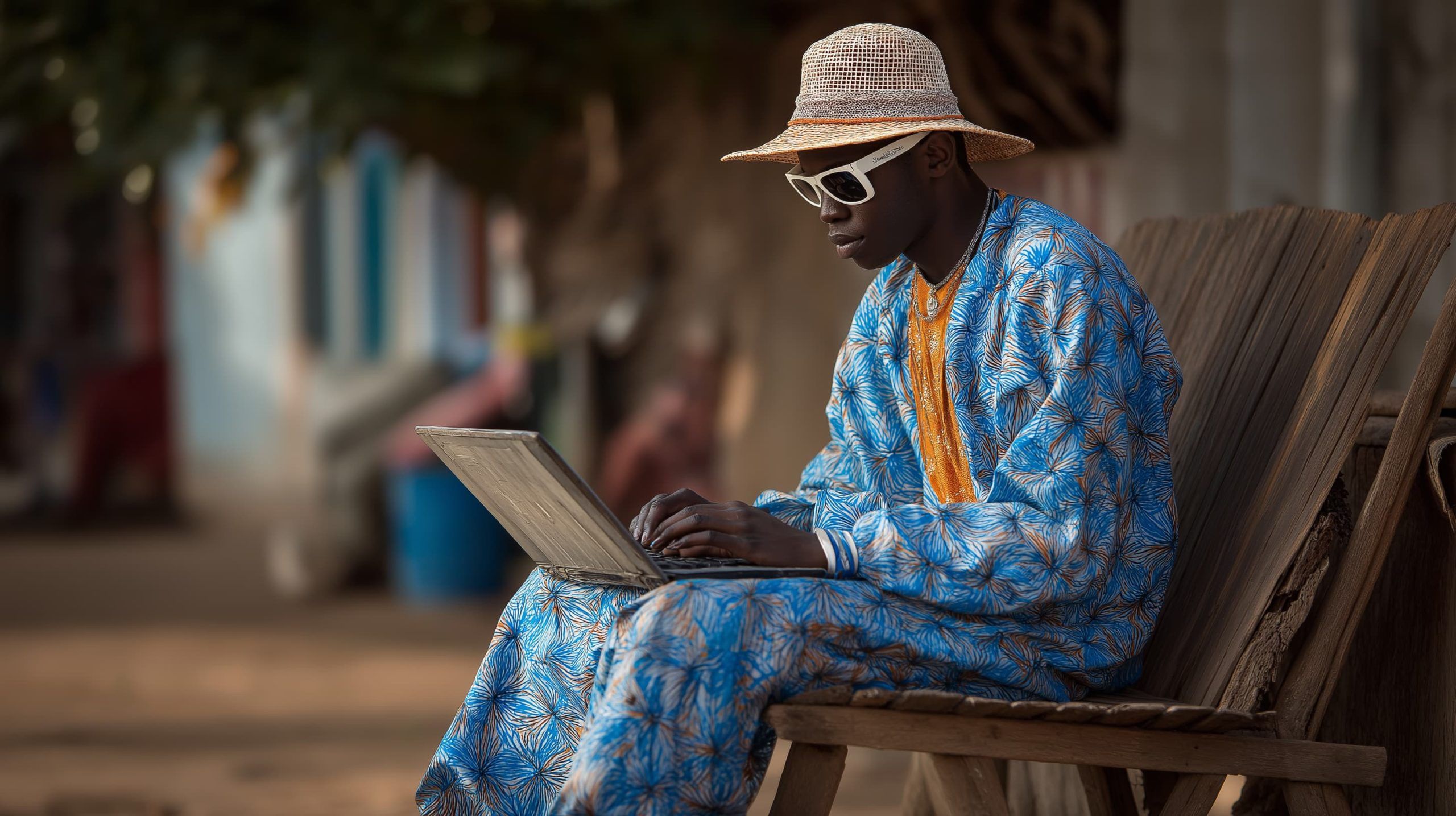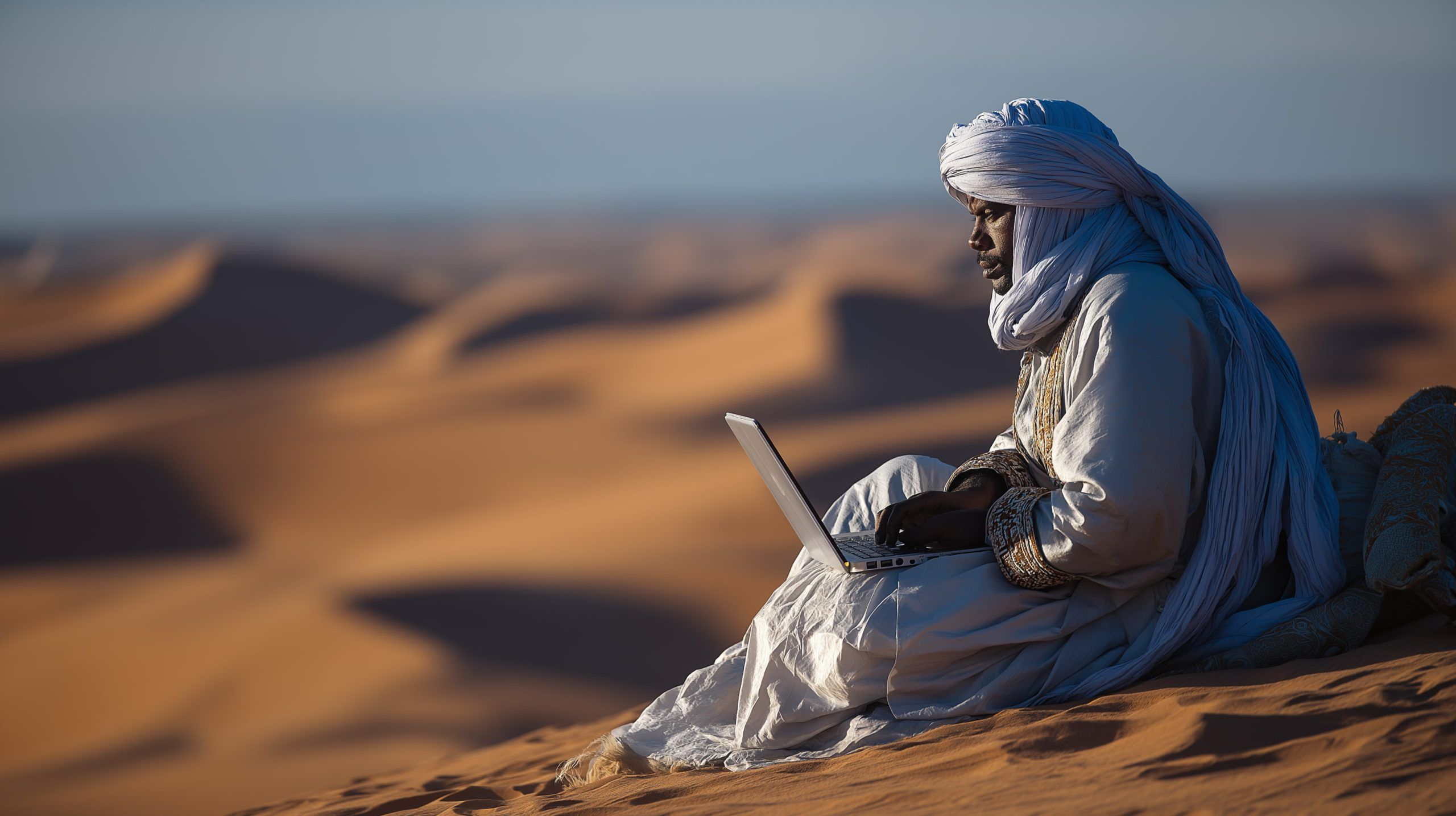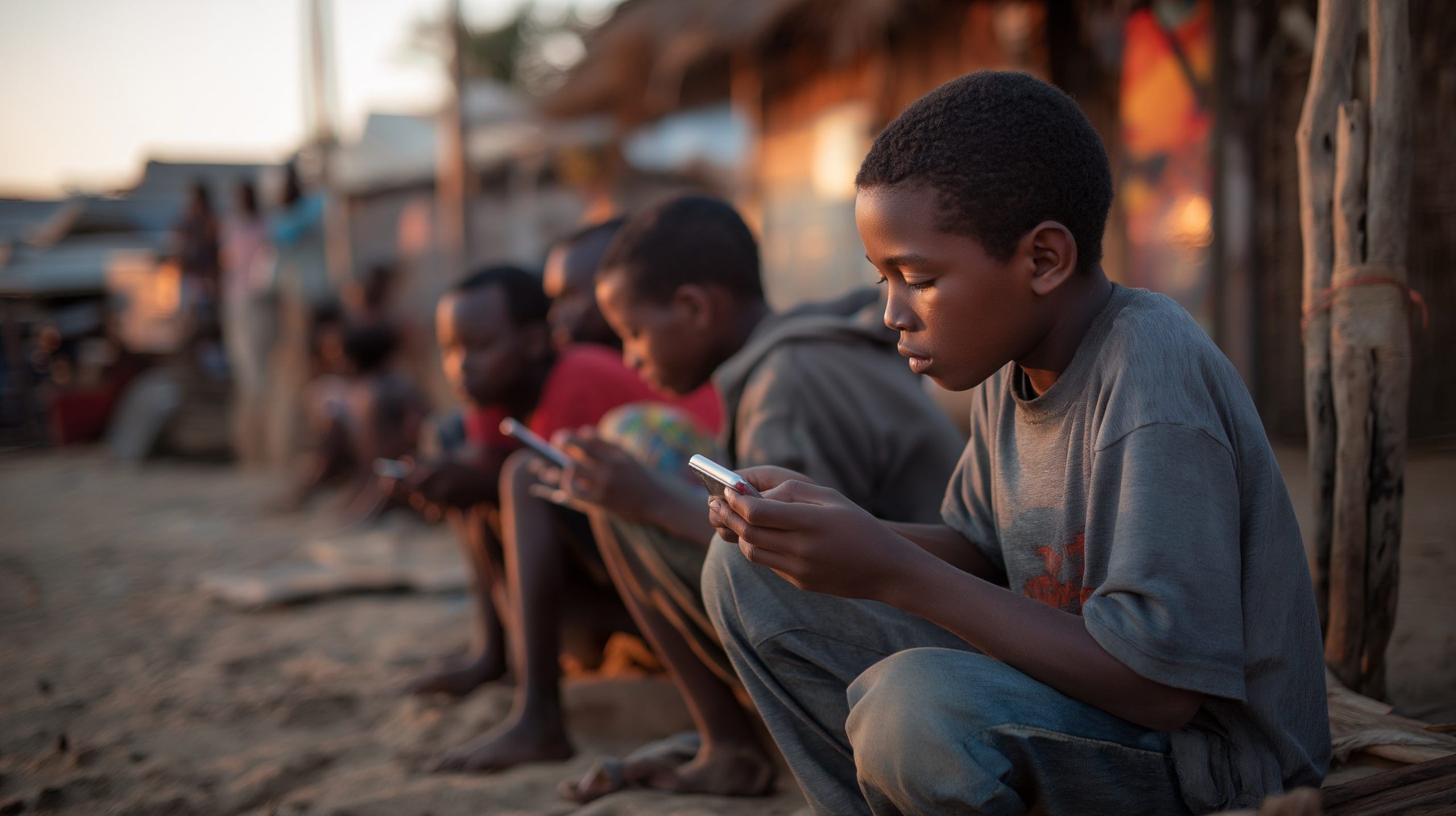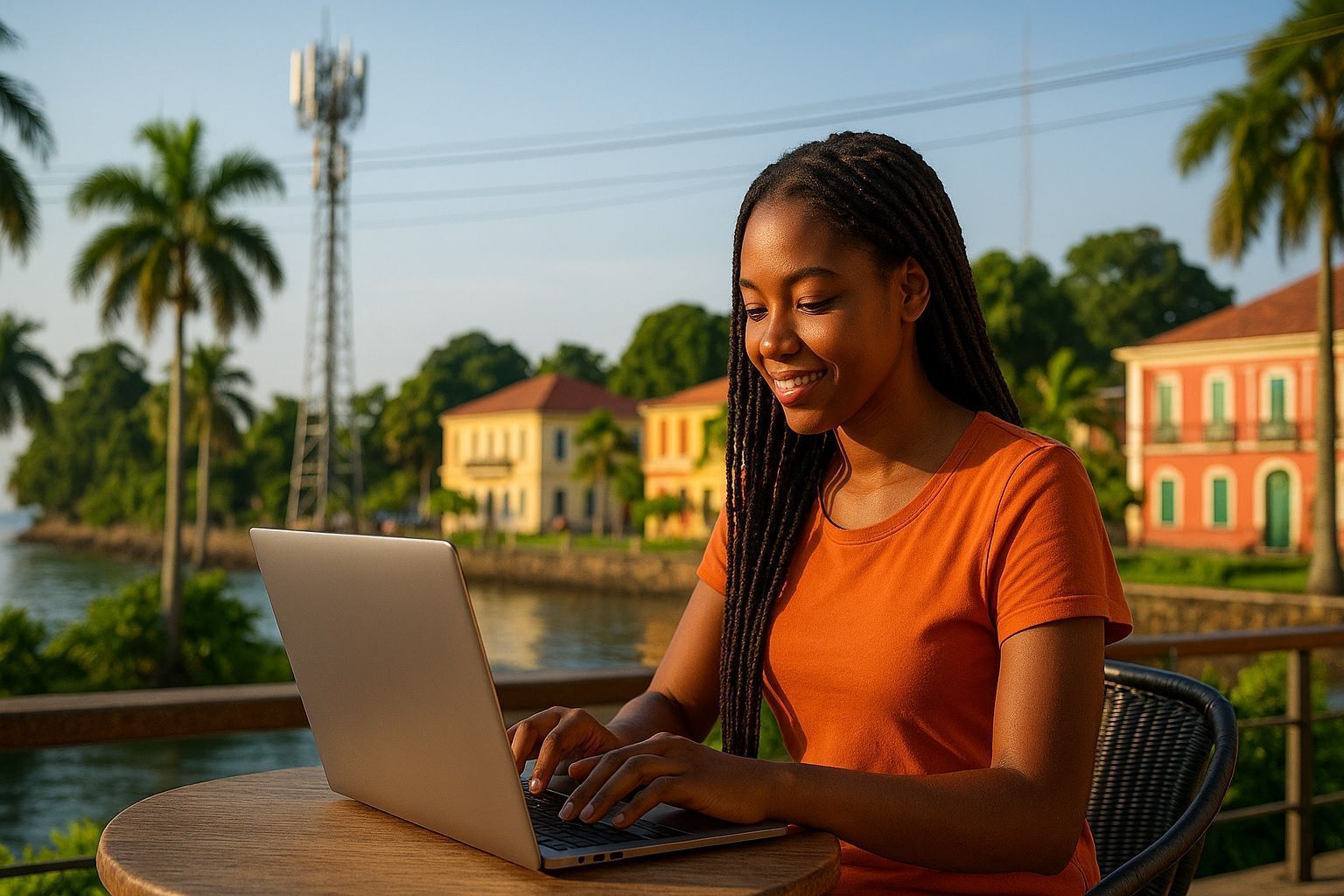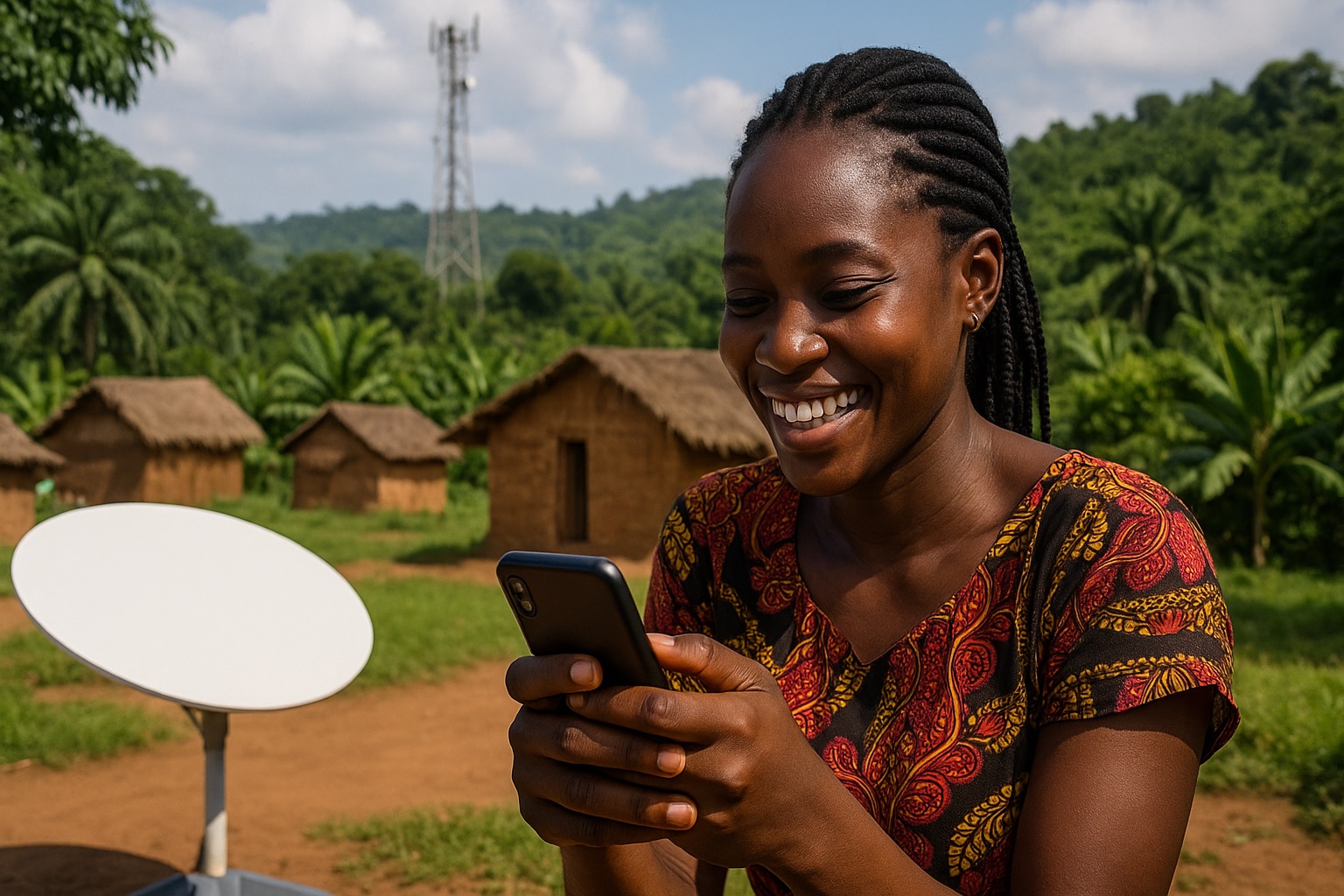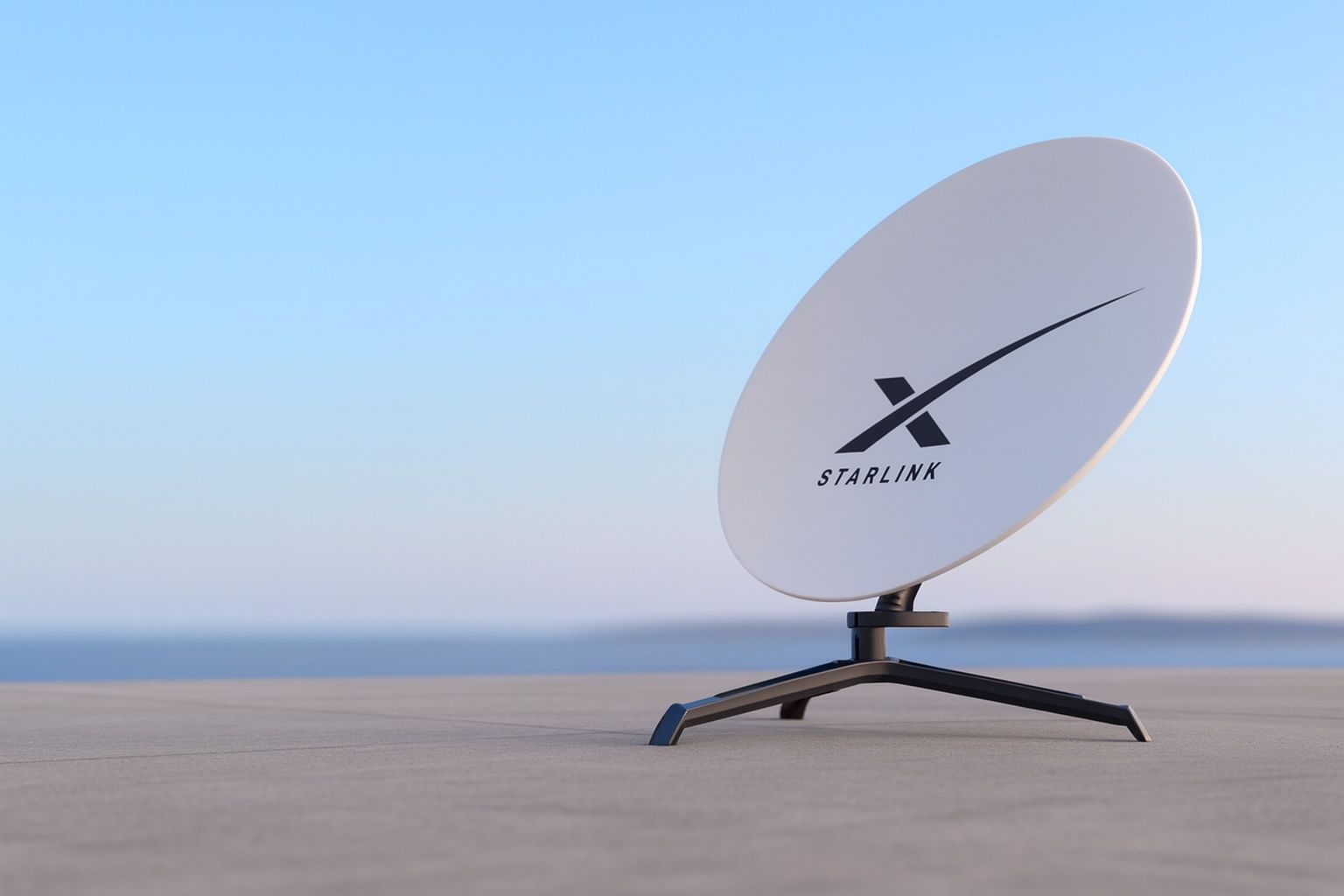
Vodacom Strikes Starlink Deal to Accelerate African Broadband Rollout
South Africa’s largest mobile operator will integrate Starlink’s low‑Earth‑orbit capacity into its network and resell the satellite service where licensed, targeting faster connectivity and better rural coverage across the continent. Published: November 12, 2025 Vodacom Group has signed an agreement

